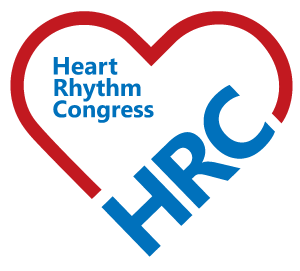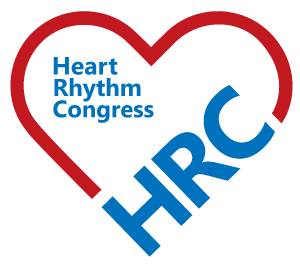Introduction: The development of atrioventricular block can be a sign of specific cardiac and medical pathologies including cardiac sarcoidosis, vasculitis and thyroid disease. There are no comprehensive guidelines to help facilitate a standardised workup for the younger patient with AV block, and the timing and relative yield of different investigative parameters. We sought to explore the utilisation of different tests, and the yield of such tests.
Methods: This was a single-centre observational study of patients under the age of 60 who received a pacemaker implant for treatment of AV block over the 5-year period to the end of April 2020. Patients’ demographic, clinical and electrocardiographic features were reviewed alongside pre-specified components of a workup including biochemical tests (TSH, ESR, Serum ACE, ANA, ANCA, Borrelia serology), imaging (CT Thorax and Cardiac MRI) as well as a cardiac biopsy. The identification of any form of pathology on the pre-specified tests was considered to be a reflection of diagnostic yield.
Results: 1,265 patients underwent pacemaker implant during the study period, of whom 78 were under the age of 60. Of the 76 patients who had data available for analysis, 34 had an established explanation for the development of conduction disease, whereas for 42 this was unexplained. Considering this group of patients 25 had thyroid testing, 11 had a serum ACE measurement, 10 had some form of biochemical vasculitis screening and 5 had Borrelia serology. With respect to imaging 5 underwent CT thorax to detect pulmonary sarcoid, whilst 14 underwent a cardiac MRI. The timing of cardiac MRI can be difficult due to the stability of the patient and demands on the MRI service. 8 patients underwent MRI prior to insertion of a pacemaker. Of the 5 patients in whom a MRI was suggestive of an underlying cardiac pathology 3 were done before pacemaker implantation. 3 patients underwent endomyocardial biopsy during the pacemaker insertion. This was not associated with a diagnostic pickup. The above workup resulted in putative underlying diagnoses in 8 of the 42 cases of unexplained AV block.
Conclusion: The workup of younger patients presenting with AV block is variable but can be associated with the pickup of significant pathology. In a 5-year pacing dataset it was shown that biochemical, imaging and tissue diagnostics all played possible roles in the diagnosis of cardiac pathology. It may be prudent to create a standardised diagnostic algorithm for patients presenting with young age AV block, with a view to standardising patient workup, and the timing of tests to maximise diagnostic yield.







